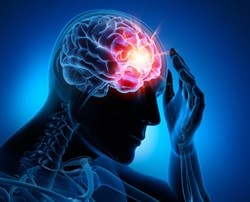
Top stories


LegalNigeria to implement new tax laws from January 1 despite calls for delay, Tinubu says
Camillus Eboh 1 day

A stroke occurs when a blood clot blocks an artery or a blood vessel breaks, interrupting blood flow to an area of the brain. When either of these things happens, brain cells begin to die and brain damage occurs.
When brain cells die during a stroke, abilities controlled by that area of the brain are lost. These abilities include speech, movement and memory. How a stroke patient is affected depends on where the stroke occurs in the brain and how much the brain is damaged.
Watch out for these signs and symptoms...
If you suspect that someone is having a stroke, think 'F.A.S.T' and do the following:
The primary goal in treating ischemic stroke is to restore blood flow to the brain. This will be done by using drugs that will dissolve clots and surgical procedures that can open up or widen arteries.
Most stroke patients will require rehabilitation after the event. A person's condition is generally dependent on the area of the brain and the amount of tissue that was damaged. It is common for the rehabilitation process to include speech therapy, occupational therapy, and physical therapy.
There are two types of risk factors: controllable and uncontrollable. Some stroke risk factors, such as high blood pressure, drinking alcohol and smoking, can be controlled by medication or lifestyle changes. Other risk factors, such as age and race, cannot be changed.
High blood pressure, high cholesterol, heart disease, smoking, drinking excessive alcohol, excessive stress, chronic depression, Type 2 diabetes, obesity, certain drugs such as anticoagulants and birth control pills as well as blood disorders such as severe anaemia can increase your risk of having a stroke.